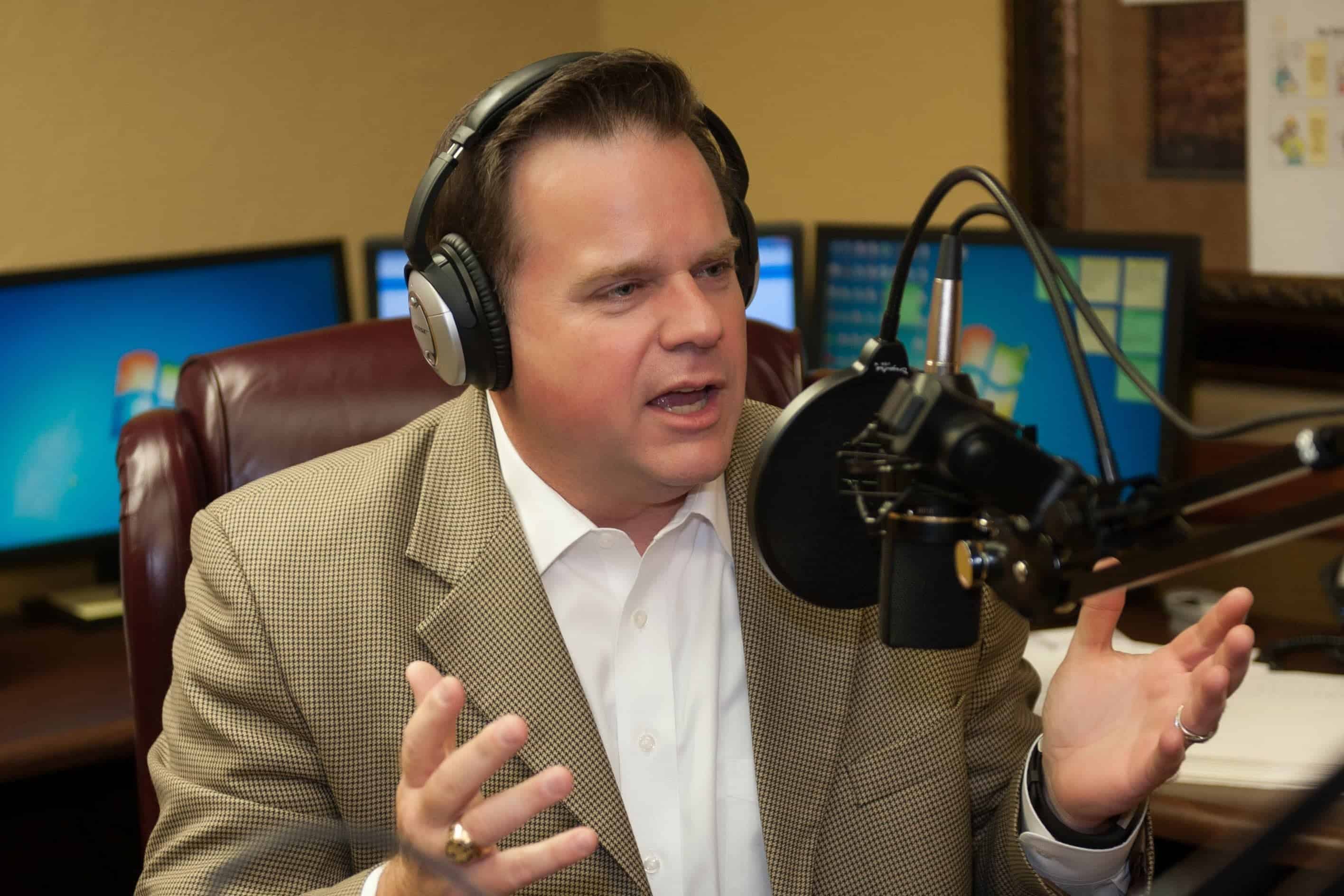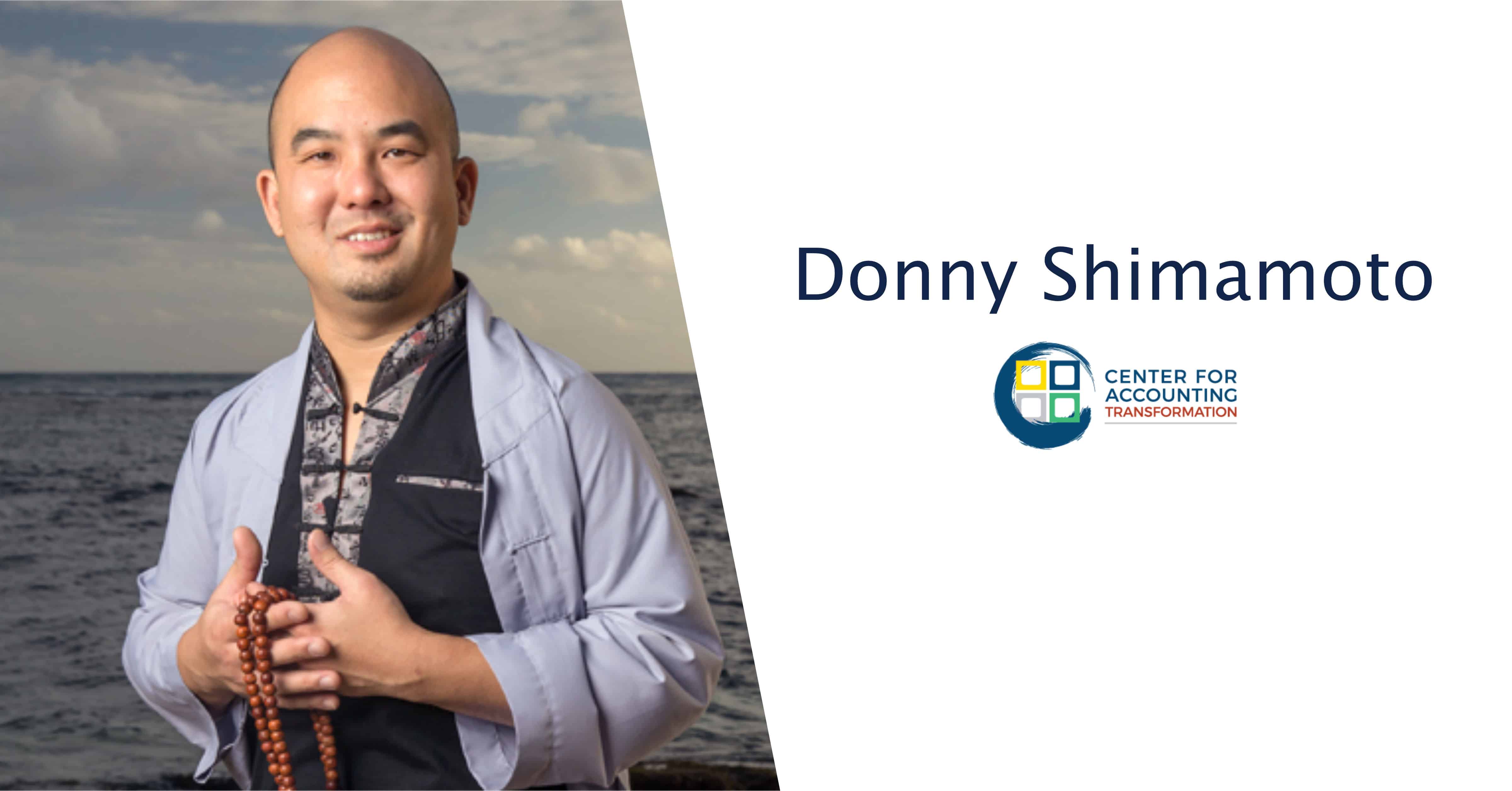One of the most important areas of planning for a secure future is to be able to weather the storms of life without invading your long-term investments. When working with a new client, we always ask questions regarding their current monthly living needs. By monitoring and managing your basic living needs such as food, shelter, clothing, entertainment, gifts, etc., you can determine your cash needs on a monthly basis.
This is the first step to developing a cash management plan that will serve you well in life. Once you know the cash flow need for a typical month, it is critical that you expand the thought process to cover a period of 90 – 120 days. Should a catastrophic event affect your family you will be confident that you can sustain your lifestyle without negatively impacting your future by withdrawing retirement assets prematurely.
The process of cash management is a delicate one. There is such a state of having too much cash. Yes, you read the sentence correctly! When a portion of your overall net worth is in cash you are experiencing something negative in your overall financial picture – loss of purchasing power. One of the most critical costs of retaining cash is that you lose the opportunity for the investment (cash) to maintain or exceed inflation with growth. A prime example is a recent client who came to meet with us for retirement planning. When we spoke about his overall wealth, he was rather proud of the fact that he had accumulated what he thought would be sufficient assets to live the life he desired.
However, when we applied inflation and taxes to the overall asset structure he maintained currently, he was not so happy. When your investments are stressed with the actual costs of living, and we all know that inflation and taxation may be present during our lives, the overall balance of assets for your lifestyle is less than the amount you currently see in your bank account.
The key to creating and maintaining a successful cash management program is in the process you utilize for your total investment portfolio. Cash is important and should be maintained in your financial plan. To arrive at the appropriate amount of cash needs it is critical you analyze your spending for a period of a month that is typical of your life. Do not measure a month like November when you are buying more food for Thanksgiving or gifts for Christmas. Rather, choose a month without these extraordinary expenses and evaluate what you are truly using the cash to provide you.
Once you understand where your money is being utilized, you may wish to make some adjustments. Now multiply the amount of cash flow needed in the month you analyzed it and multiply it by 3 or 4. The result of this calculation is the amount of cash you should maintain in a checking or savings account. If it sounds like you are losing money on these funds by not investing them in something that will meet or exceed inflation, you are correct. However, the real purpose of these funds is to provide you confidence and security if, or should I say “when”, a disaster was to strike your family.
Review your cash balance account every month and make certain you return it to your target amount. This is your security blanket. It is a good practice to analyze your spending at least one month per month to determine if you need to adjust your cash balance account for possible changes in life such as added prescriptions, increases in insurance needs, etc.
It is critical you plan properly for the future while sustaining your lifestyle today. If you don’t feel secure about your future, it is time to seek help. Contact a CERTIFIED FINANCIAL PLANNER™ professional to assist you in creating and maintaining a plan for your future. I’ll see you on the golf course!




